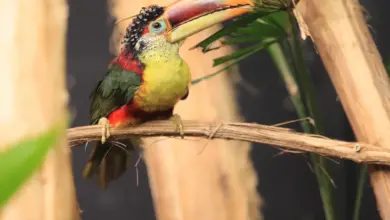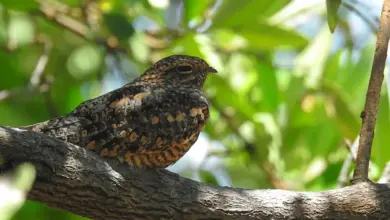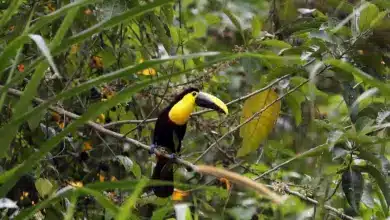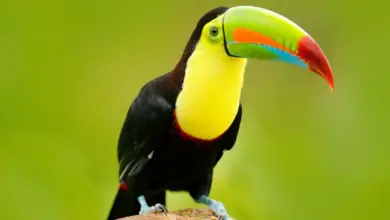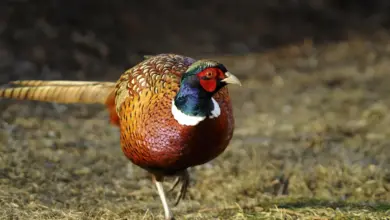Tree Swallow Nesting Box
Bird Houses & Nesting Boxes Instructions: Tree Swallow, Sparrows, etc.
The following nest box may be used by any one of the below cavity-nesting birds:
- Tree Swallows and Violet-green Swallows – Tree Swallows in particular are not exactly hard to please when it comes to nest boxes. They have even been known to nest in mail boxes. However, the following next box is best suited for them, and also work for any of the below bird species.
- Bluebirds
- House Sparrows
- Chickadees, Titmice
- Nuthatches
- Downy Woodpeckers
- Wrens
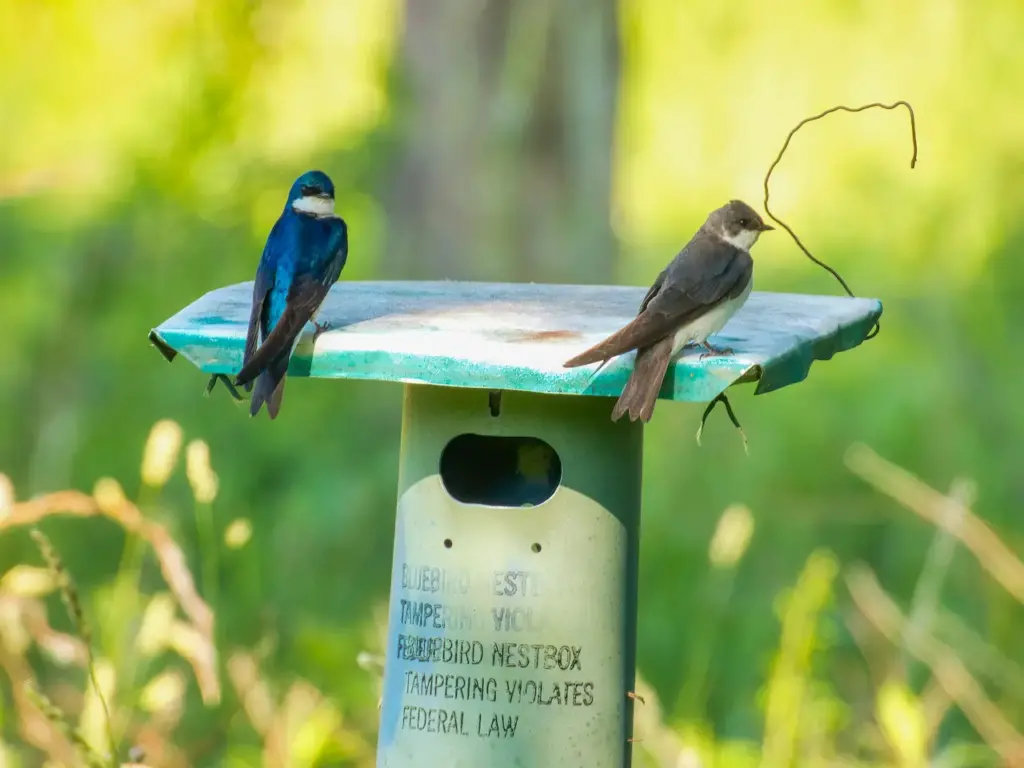
Suitable Nestbox Size: ~ 12 inches high x 6.5 inches wide x 7 inches deep. Mount about 5 to 6 feet high on a metal pole. No perches at the entrance holes as they would aid predators.
Floor Dimensions: at least 5″ x 5″ .
Material to be used: Red Cedar (more durable than other wood material), rough cut boards or exterior-grade plywood at least 1/2″ thick. Unpainted. Ventilation openings in the floor and under the roof. Although some experts disagree with the notion that ventilation openings are needed at all. Please refer to this article for further information. This may also depend on location of nest box, exposure to direct sun as well as material used to build the nest box.
Entrance Hole: About 1.5 in diameter to keep the larger birds out, about 7 – 8 inches above the floor.
Roof: Hinged, secured with shutter hooks. Sloped down, overlapping on the sides and the front reduces exposure to rain and makes it more difficult for predators to get to the chicks or eggs.
Hardware: Best to use corrosion resistant, stainless steel and dichromate plated screws
Predator Guard: An inverted metal cone attached below the nextbox will provide some protection against predators.
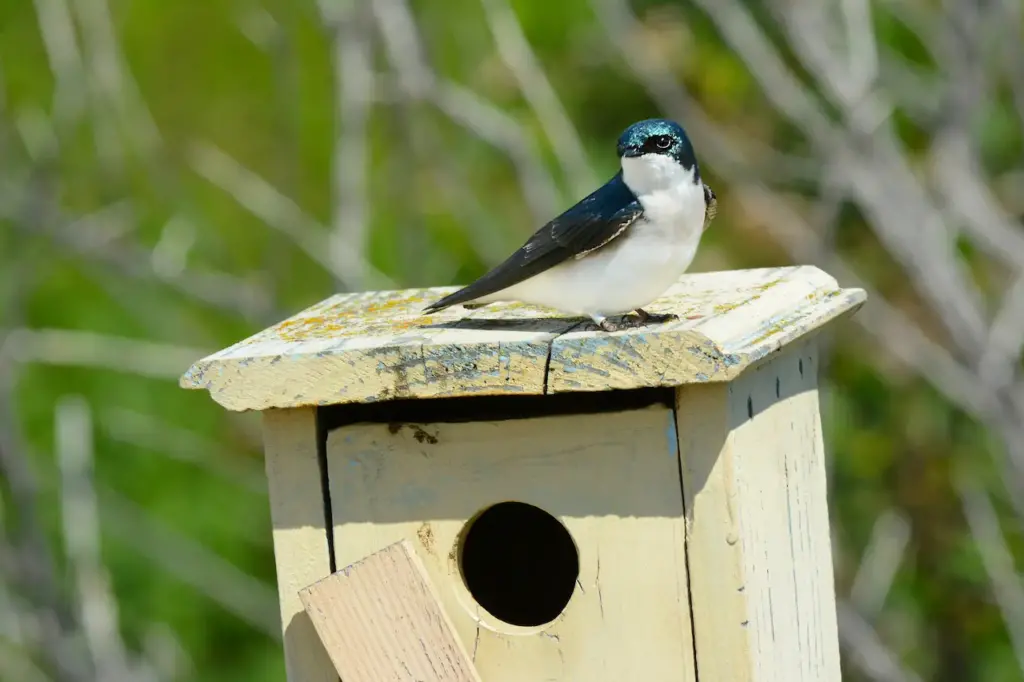
Position:
On poles situated on open fields with about 100 feet between any other nest boxes. Away from bushes, trees, ditches or fences.
Close to bodies of water, but not too close. About 25 feet away from a body of water is ideal.
About 100 yards away from buildings.
Position nest far enough from roads, paths or trails to minimize disturbance.
Take nest box down after each breeding season, and repair and sanitize before reusing.
Please Note: The articles or images on this page are the sole property of the authors or photographers. Please contact them directly with respect to any copyright or licensing questions. Thank you.
